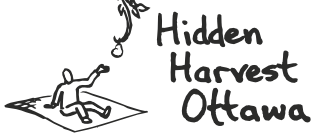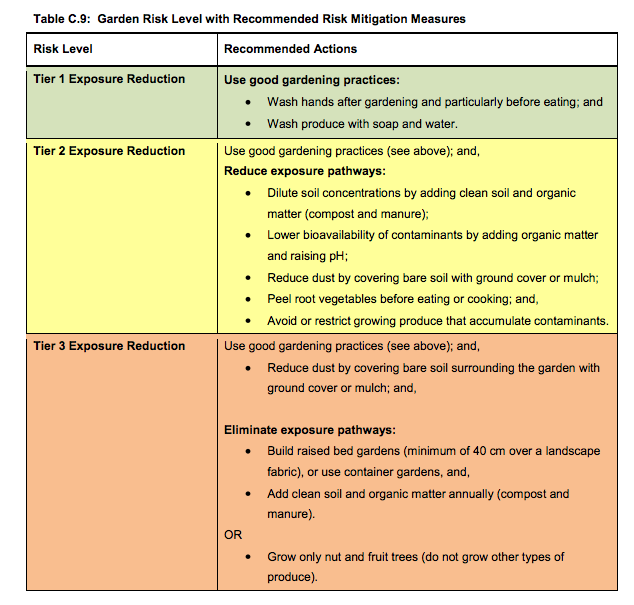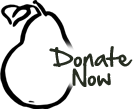Frequently Asked Questions
Where can I find more information about harvesting fruit and nuts?
Check out our post describing harvest events.
How can I help?
This year we’re focusing on finding more trees to harvest and more Neighbourhood Leaders to help us lead those harvests! Help us spread the word! You can also sign up to become a Neighbourhood Leader (we’ll provide the training!) and to volunteer to harvest fruit with us!
What about soil contamination?
If you’re concerned about soil contamination in your area, check out this decision support tool for urban garden published by Toronto Public Health, released May 2011. It looks at particular types of contamination as well as former landfills, suggesting how these contaminated lands may be used to grow food. All in all, this report leaves us feeling good about the natural biologic barriers which trees have to filter out contaminants before they reach the fruit. Check it out and let us know what you think:
Assessing Urban Impacted Soil for Urban Gardening: Decision Support Tool Technical Report and Rationale
Below is an excerpt which may apply to some areas near old landfills:
“At the high risk level, it is appropriate to adopt a risk mitigation plan that will eliminate exposure pathways. This is a standard risk management practice.
Raised bed and container gardening (Shayler et al., 2009b) ensures that the contaminated soil is
not used for gardening, and that all gardening-related exposures to the
original, contaminated soil
Fruiting and nutting trees may be grown directly in contaminated soil, and are a good option for high risk gardens where raised beds or containers are not feasible. Several natural barriers prevent uptake of soil contaminants into fruits and nuts (US EPA, 2007): the soil-root, root-shoot and shoot-fruit barriers mean that fruits and nuts are expected to have the lowest contaminant levels of all plant tissues (Spittler, 1979; Turner, 2009).”



